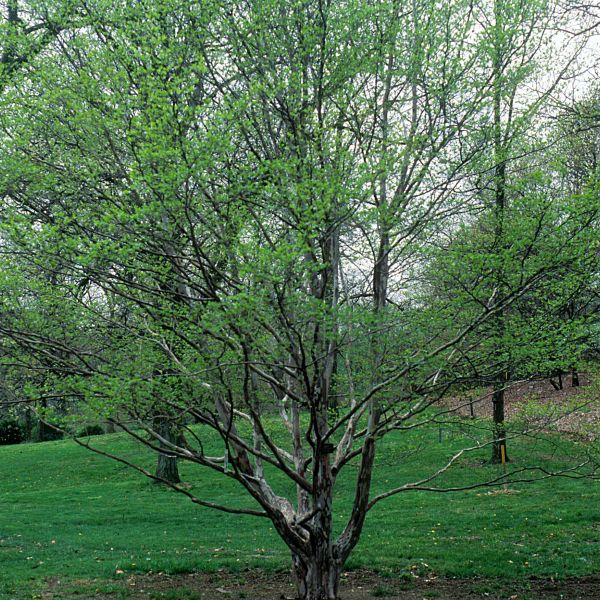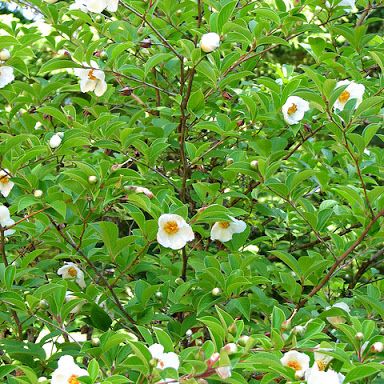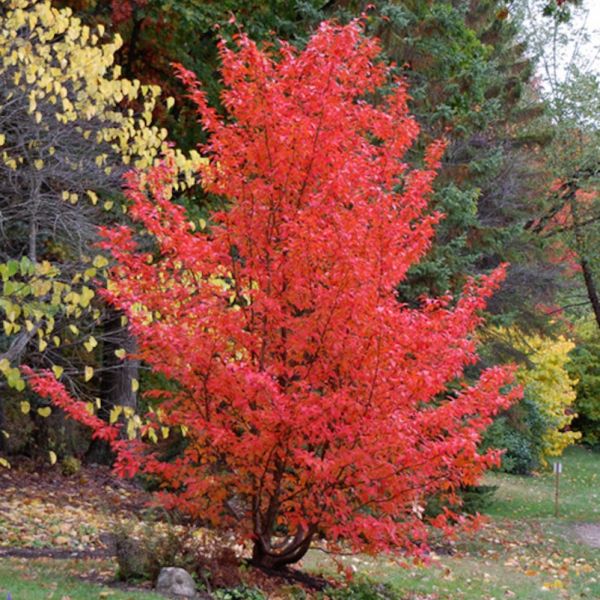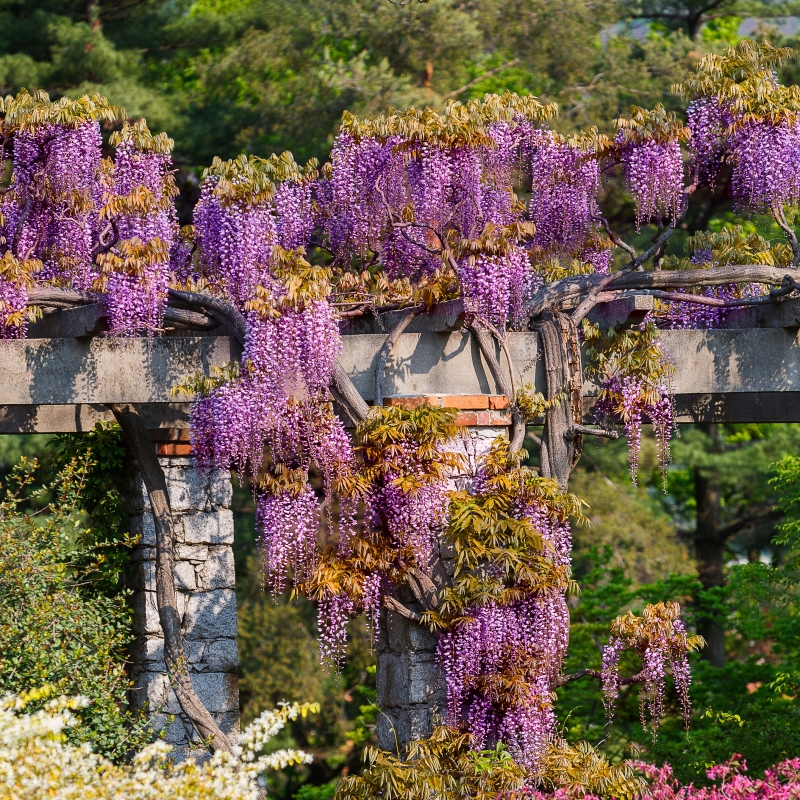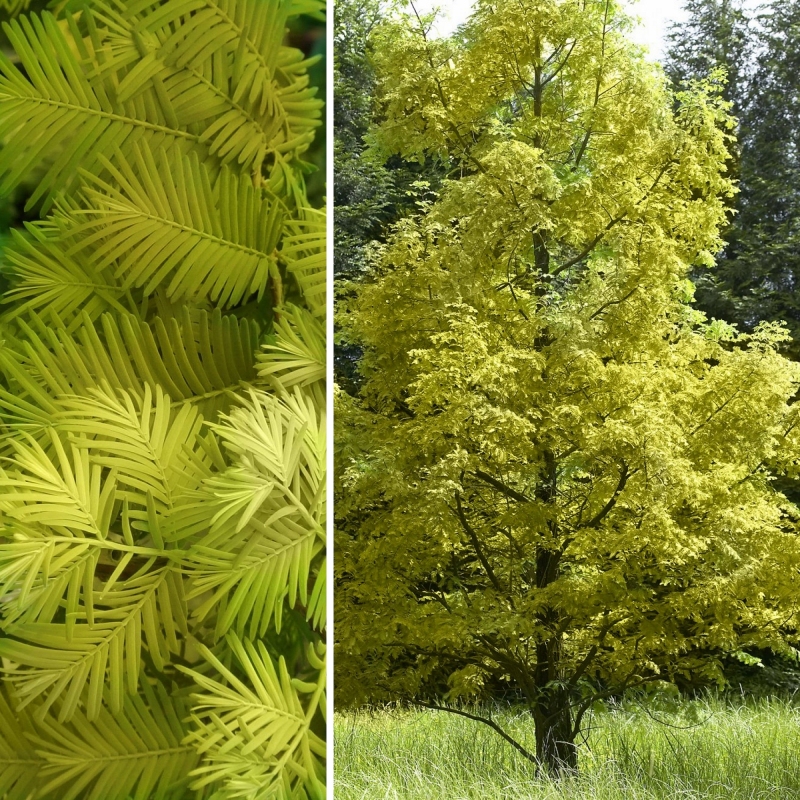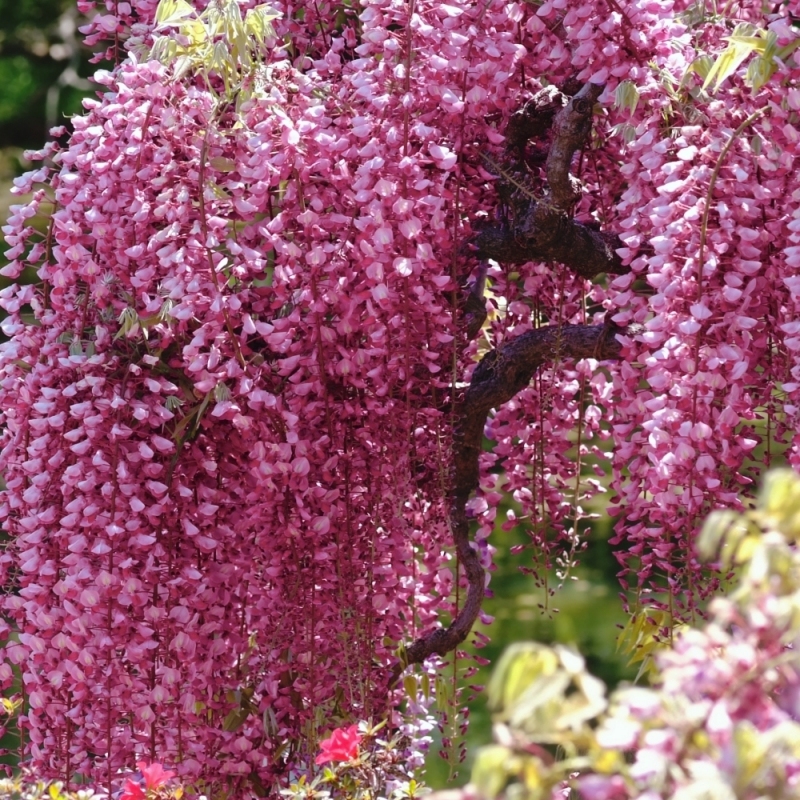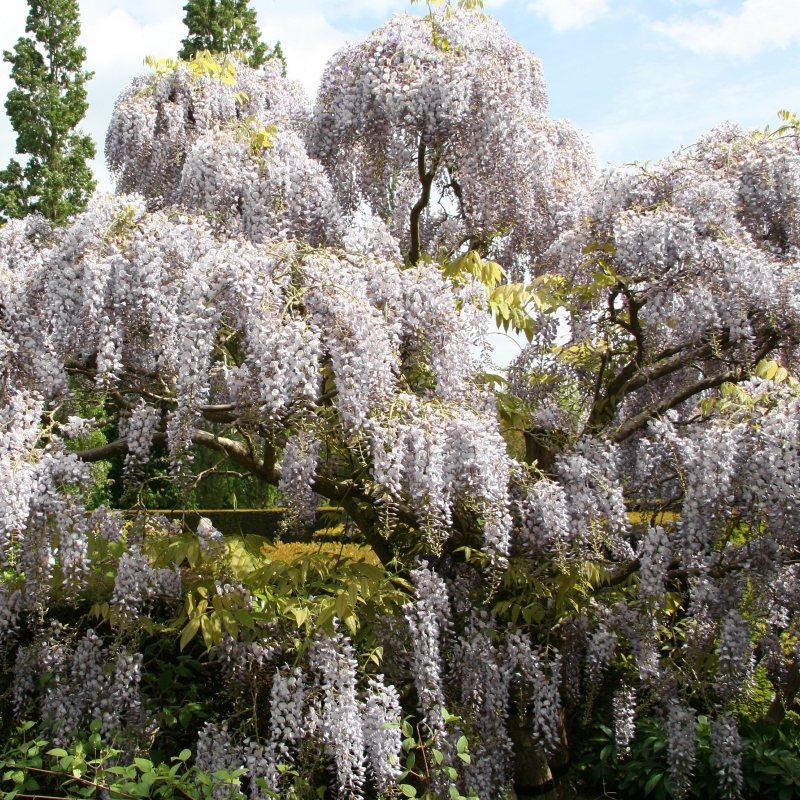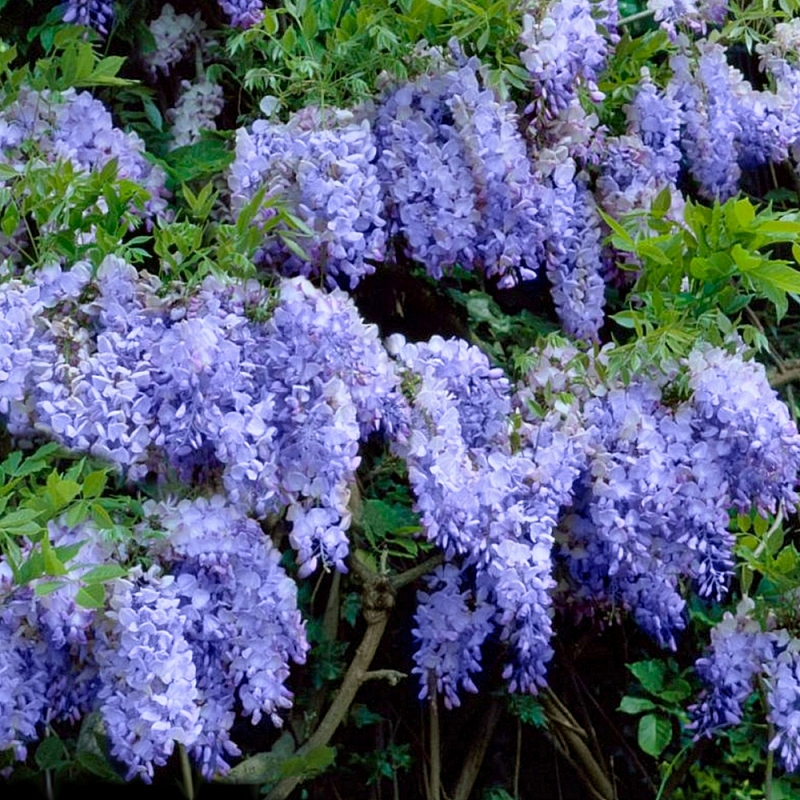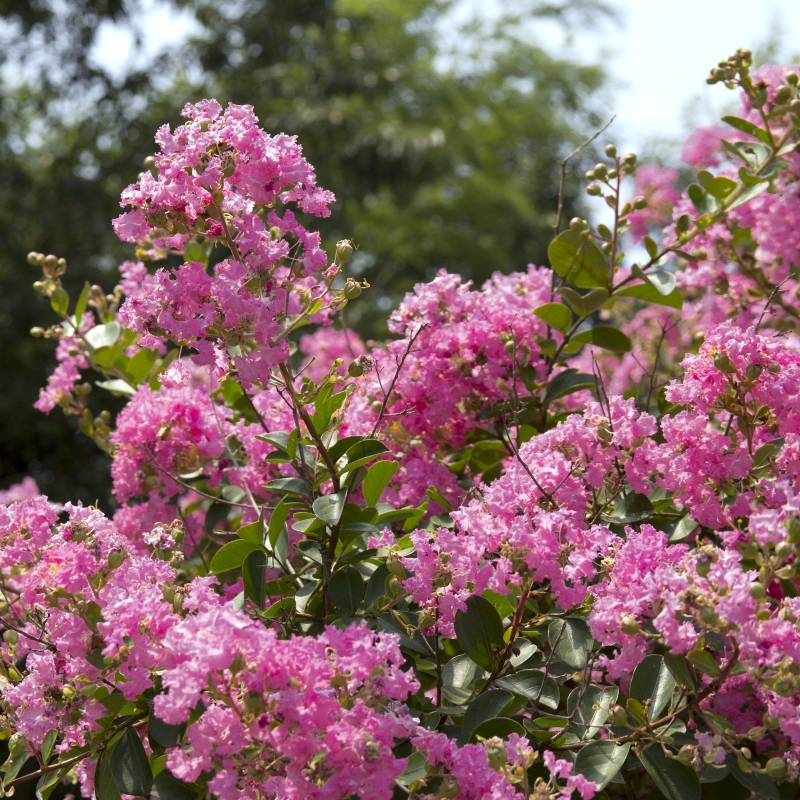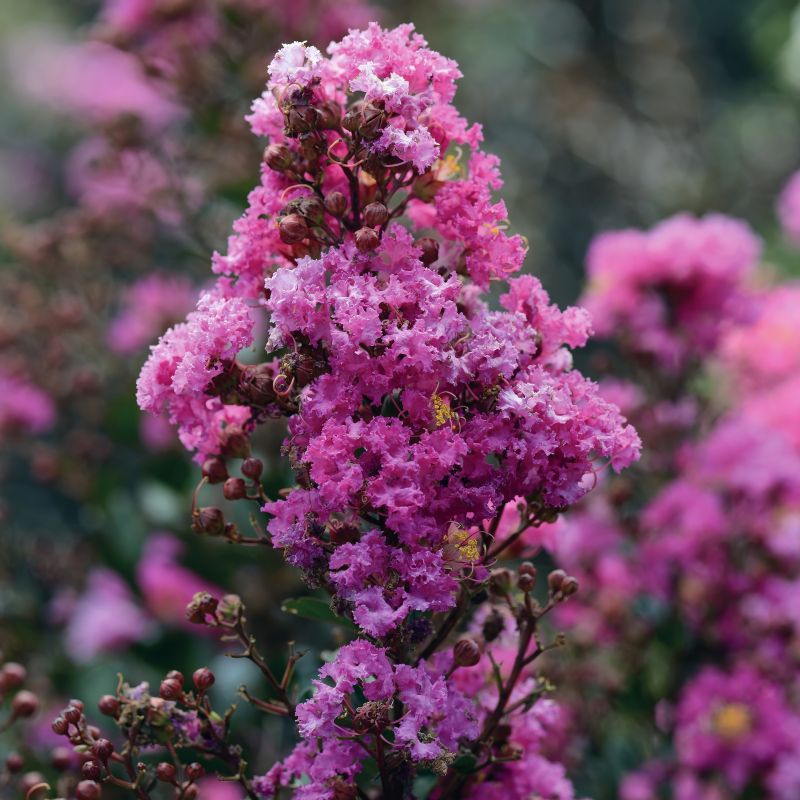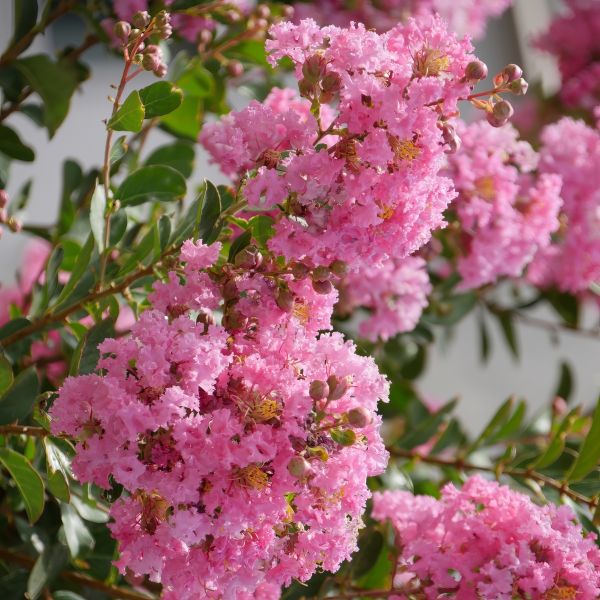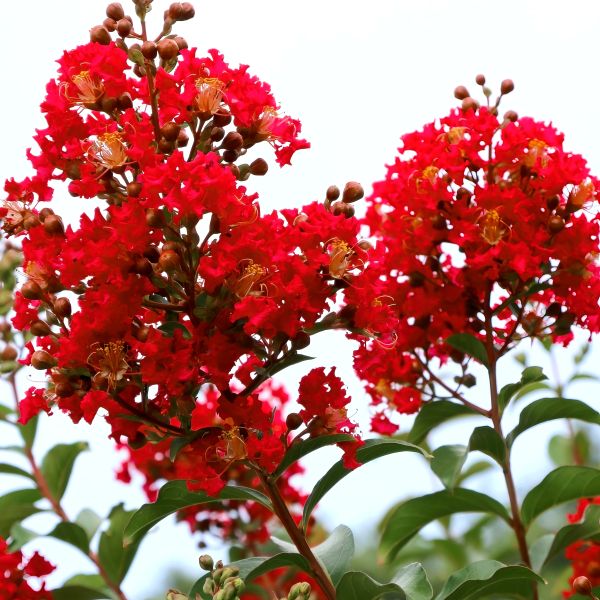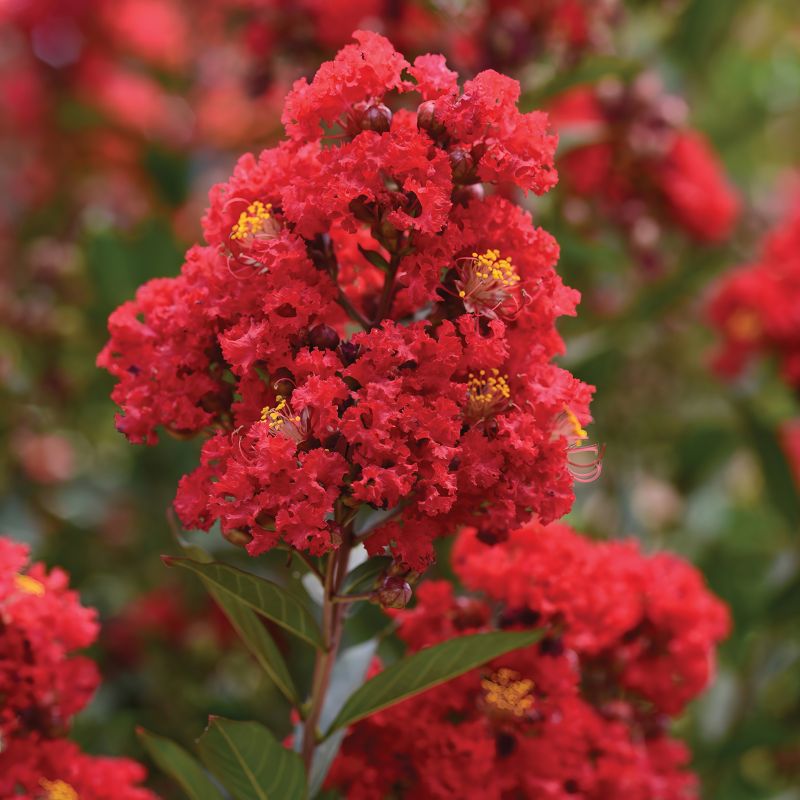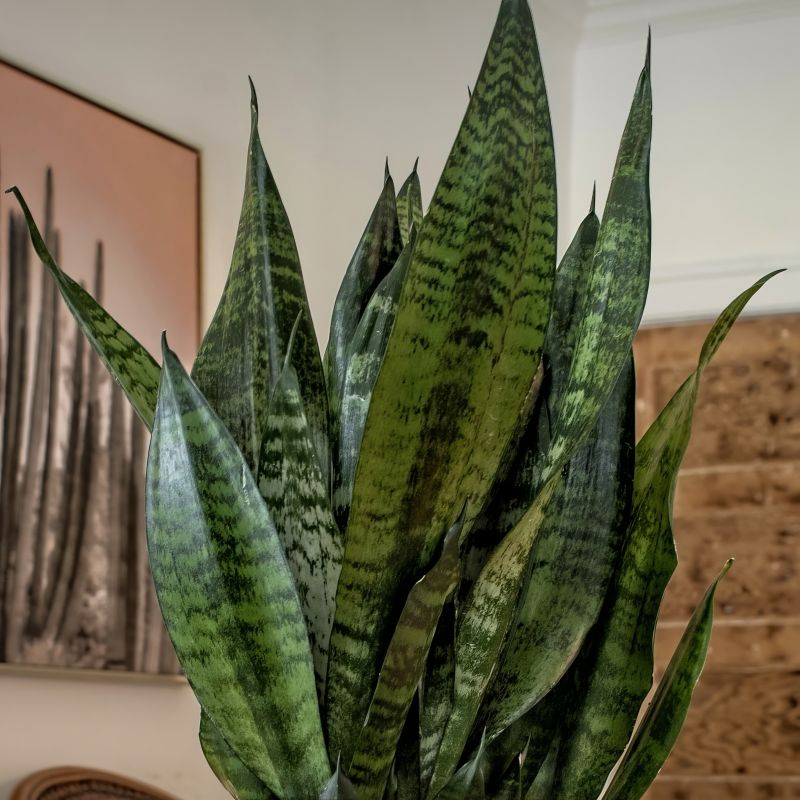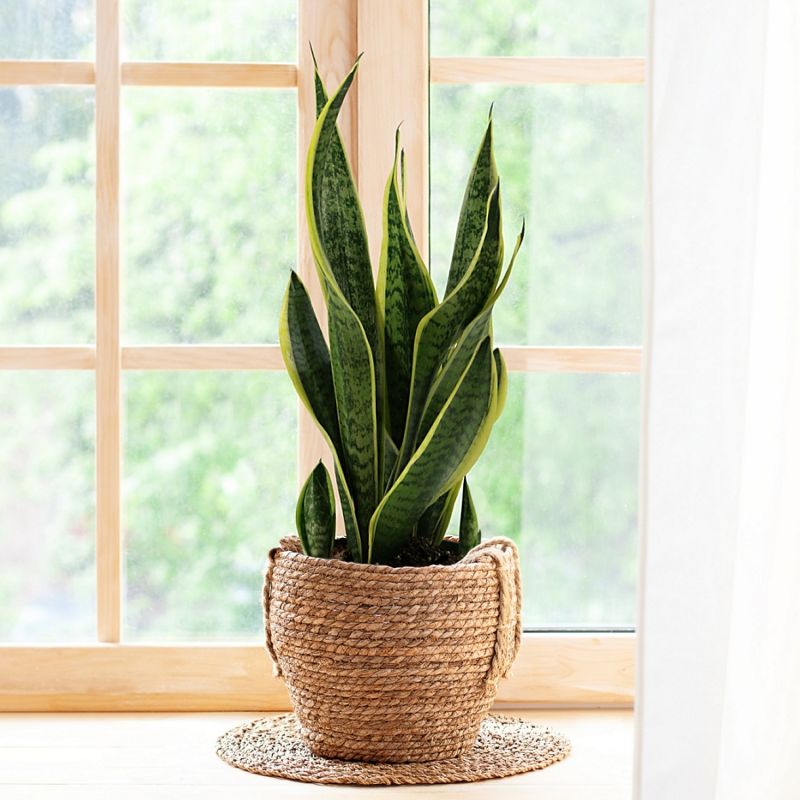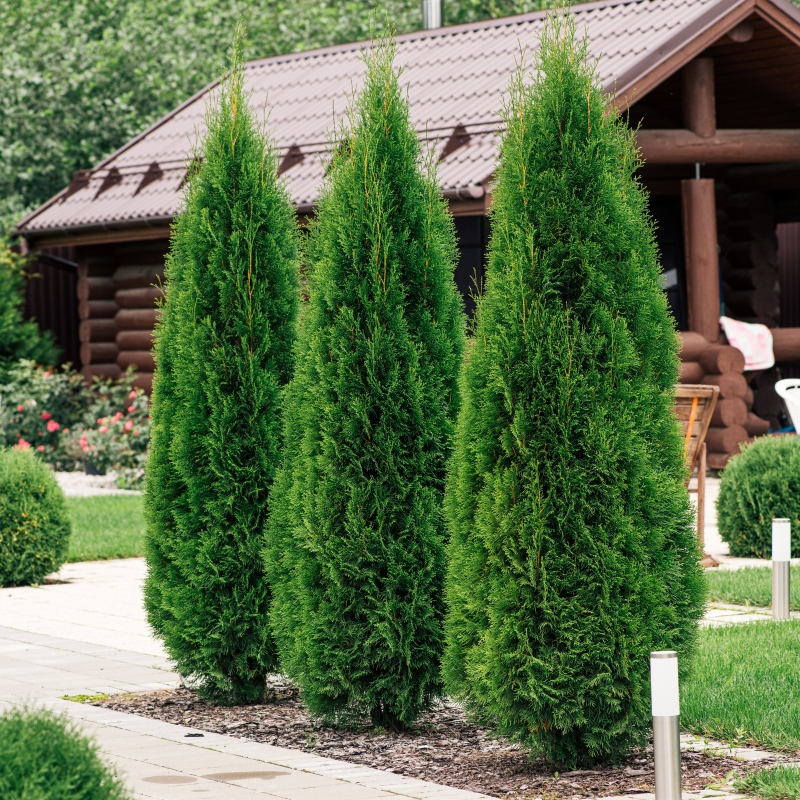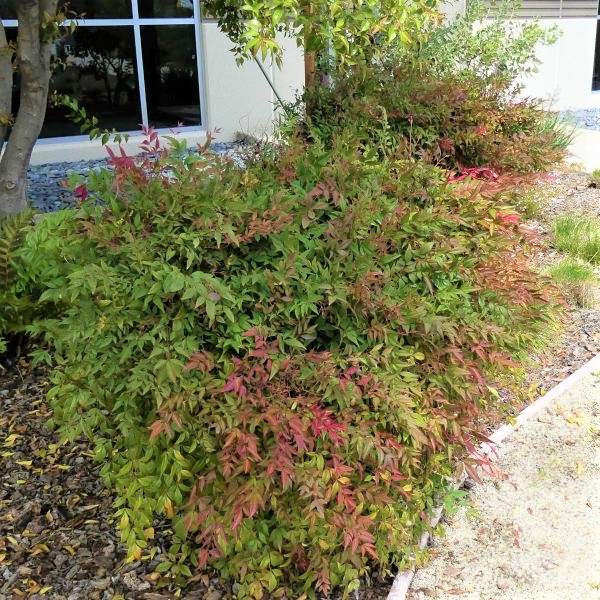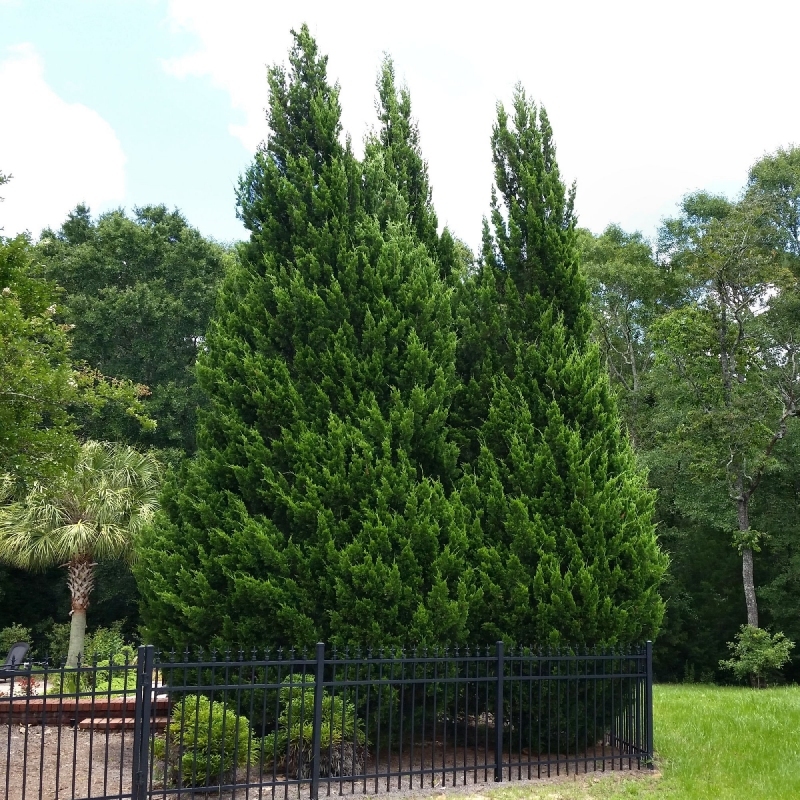

Japanese Stewartia
Stewartia pseudocamellia
15 reviews


Japanese Stewartia
Stewartia pseudocamellia
15 reviews
$112.00
$160.00
30% Off
1.5 Gallon
We are sorry, product is currently out of stock due to seasonal availability. Please check the "Related plants available in your area" section below
Why Japanese Stewartia?
Japanese Stewartia (Stewartia pseudocamellia) is a deciduous ornamental tree that is popular for its stunning beauty and versatility. It is native to Japan and is known for its showy white flowers that bloom in summer, followed by striking autumn foliage colors of orange, red, and burgundy. This tree is highly valued for its ability to thrive in a variety of soils and growing conditions, making it a great choice for many landscape settings.
Related plants available in your area
Sunlight
Japanese Stewartia requires partial shade to full sun for optimal growth. It prefers dappled sunlight or morning sun with afternoon shade. It can tolerate full sun but may require more frequent watering in hotter climates.
Watering
Japanese Stewartia has moderate watering requirements. It prefers consistently moist but well-drained soil. It is important to water deeply and allow the soil to dry slightly between waterings. Avoid overwatering, as this can lead to root rot.
Fertilizing
Japanese Stewartia generally requires a balanced slow-release fertilizer with a NPK ratio of 10-10-10. It is recommended to fertilize the plant once in early spring before new growth appears and again in late summer or early fall.
Japanese Stewartia is a true masterpiece of nature, captivating with its delicate blooms and exuding an air of elegance and grace. This remarkable tree combines the beauty of enchanting flowers with textured bark, making it a must-have for those seeking to create a garden retreat that is both serene and enchanting.
A Flourish of Blossoms:
With Japanese Stewartia, you'll witness a captivating flourish of blossoms that will transport you to a world of enchantment. Delicate white flowers with golden centers adorn the branches in summer, creating a breathtaking display that evokes a sense of wonder and tranquillity. Prepare to be mesmerised as your garden becomes a symphony of ethereal beauty.
Textured Bark and Alluring Form:
Not only does Japanese Stewartia captivate with its blooms, but it also enchants with its textured bark and alluring form. The bark peels away in patches, revealing a tapestry of colors ranging from gray to reddish-brown, adding depth and visual interest to the tree's silhouette. Its graceful, upright form creates a sculptural presence, making it a focal point of elegance in any garden.
A Colorful Display:
Embrace the ever-changing colors that Japanese Stewartia brings to your garden. In addition to its stunning flowers, this tree offers a kaleidoscope of hues throughout the seasons. The glossy green leaves transition to vibrant shades of orange, red, and purple in the fall, creating a vibrant and captivating display of nature's palette.
A Haven for Songbirds:
Japanese Stewartia serves as a haven for songbirds, attracting them with its beautiful blooms and providing them with a safe space to build their nests. Its dense foliage and textured bark offer shelter and protection, making it a delightful addition to any
Plant Information:
| Botanical Name: | Stewartia pseudocamellia |
| USDA Zones: | 5-8 |
| Water: | High Moisture |
| Exposure: | Full Sun |
| Soil Needs: | Moist to Wet Soils |
| Mature Height: | 20 - 30 feet |
| Mature Spread: | 15 feet |





Pollination Info
Japanese Stewartia (Stewartia pseudocamellia) is pollinated by a variety of insects, including bees, wasps, and butterflies. The flowers of the Japanese Stewartia tree are typically large and showy, with a central cluster of yellow stamens that attract pollinators.
Pollination typically occurs during the summer months, when the tree is in full bloom. The stamens of the flower produce large amounts of pollen, which is picked up by visiting insects and carried to other flowers.
The Japanese Stewartia tree also relies on wind for pollination, with the pollen sometimes being carried several feet away by a gust of wind. However, insects are the primary pollinators of this tree.
The pollinated flowers of the Japanese Stewartia tree will develop into seeds, which are encased in a woody capsule that will eventually split open to release the seeds in the fall.
FAQ
Japanese Stewartia (Stewartia pseudocamellia) FAQs
What is Japanese Stewartia?
Japanese Stewartia, also known as Stewartia pseudocamellia, is a beautiful deciduous ornamental tree that is native to Japan and Korea. It is prized for its striking peeling bark, showy white camellia-like flowers, and brilliant red, orange, and yellow fall foliage.
How tall and wide does a Japanese Stewartia grow?
Japanese Stewartia trees typically grow to be 15-40 feet tall and 10-20 feet wide. They are slow-growing trees and can take several years to reach their full height and width.
What are the soil and light requirements for Japanese Stewartia?
Japanese Stewartia prefers moist, well-drained, acidic soil. It can tolerate some shade, but it grows best in full sun to light shade.
When does Japanese Stewartia bloom?
Japanese Stewartia produces showy white camellia-like flowers in late spring to early summer, usually in June or early July.
What is the care and maintenance for Japanese Stewartia?
Japanese Stewartia is a relatively low maintenance tree. It requires regular watering, especially during dry spells, and benefits from a layer of mulch to maintain moisture in the soil. Pruning should be done in late fall to early winter when the tree is dormant.
Is Japanese Stewartia susceptible to any diseases or pests?
Japanese Stewartia is susceptible to a few diseases and pests, including powdery mildew, rusts, cankers, and scale insects. Regular inspections can help prevent and address issues before they become serious problems.
Planting & Care
Planting & Care for Japanese Stewartia
Planting
Choose a planting location that receives partial shade, particularly in the afternoon. Make sure the soil is well-draining and has a slightly acidic pH between 5.5 and 6.5. Plant Japanese Stewartia in the fall or spring when the temperatures are cooler.
- Prepare the planting hole twice as wide and deep as the tree's root ball.
- Remove the tree from the container and loosen any tangled roots.
- Place the tree in the hole and fill with soil until it is level with the ground.
- Water the tree thoroughly to settle the soil and remove any air pockets.
- Mulch around the tree with 2-3 inches of organic mulch, keeping it away from the trunk.
Care
- Watering: Japanese Stewartia prefer consistent and evenly moist soil, but avoid overwatering or allowing the soil to become waterlogged. Water the tree deeply once a week during the growing season and reduce watering in the fall when temperatures start to cool.
- Pruning: Japanese Stewartia does not require extensive pruning, but can be shaped in early spring before new growth appears. Remove any dead, damaged, or diseased branches as necessary.
- Fertilizing: Fertilize Japanese Stewartia once a year in early spring with a balanced, slow-release fertilizer.
- Pests and Diseases: Japanese Stewartia are relatively resistant to pests and diseases, but can be susceptible to leaf spot, powdery mildew, and scale insects. Regularly inspect the tree for any signs of damage or disease and treat accordingly.
With proper care, Japanese Stewartia can live for many years and provide beautiful blooms and fall foliage.
Check Out These Verified Customer Reviews:
Customer Reviews
4.7 out of 5 based on 15 reviews
Thank you! Your review has been submitted.
The website was easy to navigate, and I found the perfect Japanese Stewartia plant for my yard.
Beautiful tree, arrived in perfect condition.
I have received numerous compliments on my Japanese Stewartia plant. It is a showstopper in my yard.
Item has been added to your cart.



